Introduction
Thermal analysis is a science that studies the changes in physical properties of materials over time and temperature. This laboratory was established in response to the research needs of physical property measurement experiments and thermal property analysis of various materials at the university to explore the principles of thermal analysis and the operation of technically proficient thermal analysis instruments, as well as the effects of heat on material properties and the identification of various materials. Learn more.
| Item | Instrument | Function description | Picture |
| 1 | High Temperature Differential Scanning Calorimeter (HTDSC) NETZSCH DSC 404 (Made in Germany) |
Measure the amount of energy absorbed or released by the sample as a function of time or temperature. DSC is often used to measure phase changes, melting points, heating reactions, glass transitions, and heat capacities. |  |
| 2 | Low Temperature Differential Scanning Calorimeter (LTDSC) TA DSC2920 (Made in the United States) |
Measure phase change, melting point, heating reaction, glass transition, heat capacity. | 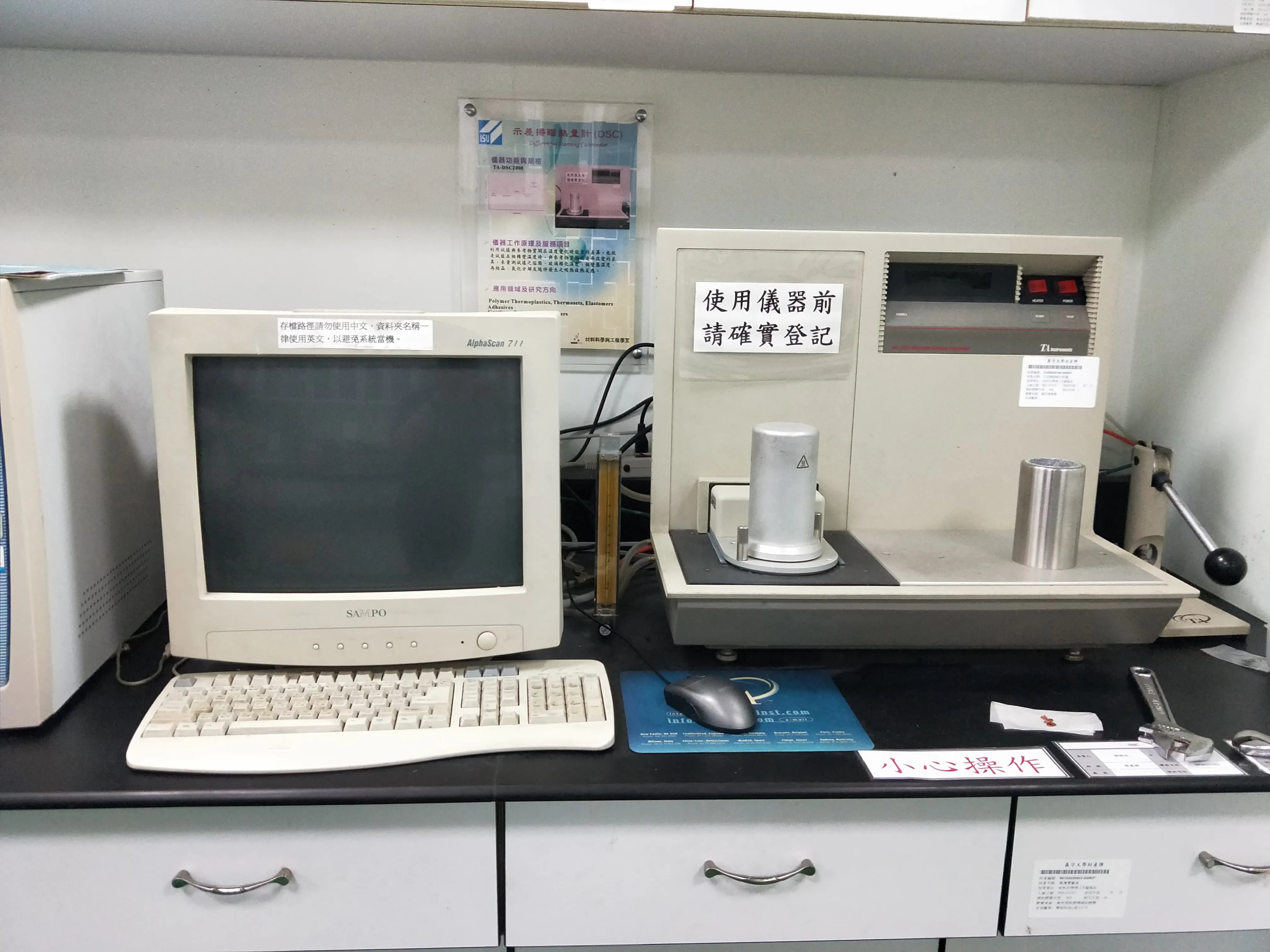 |
| 3 | Thermogravimetric Analyzer (TGA) Setaram Setsys Evo (Made in France) |
The change in weight as a function of time or function of temperature. This method is effective in determining sample decomposition, oxidation, solvent or water loss. | 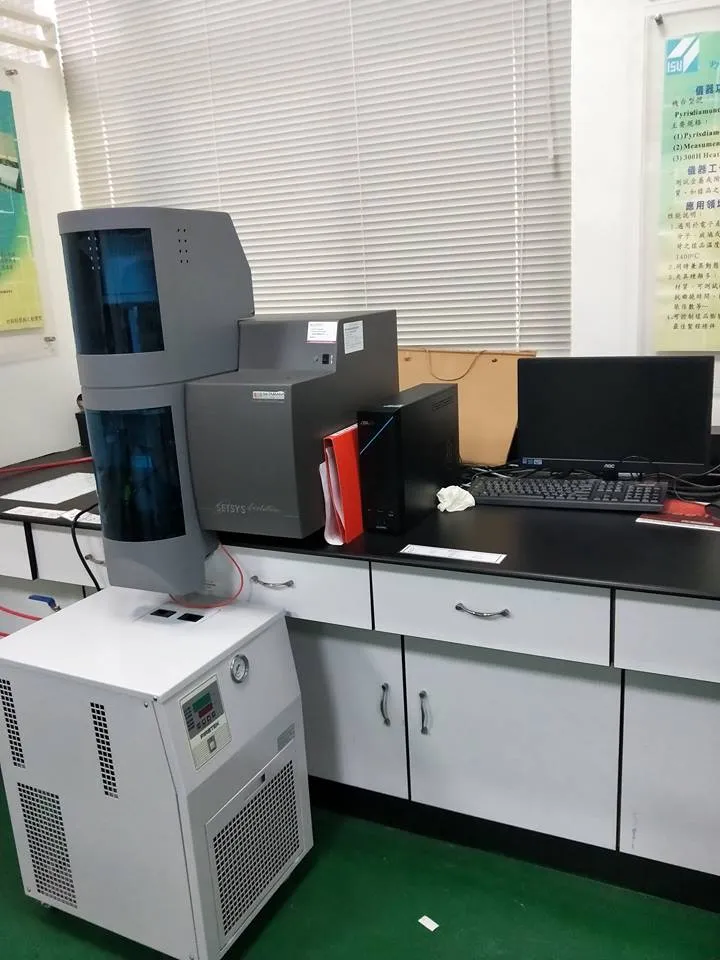 |
| 4 | Thermal Conductivity Analyzer Hot Disk TPS 2500S (Made in Sweden) |
Thermal conductivity, thermal diffusion coefficient and plane thermal conductivity of test materials | 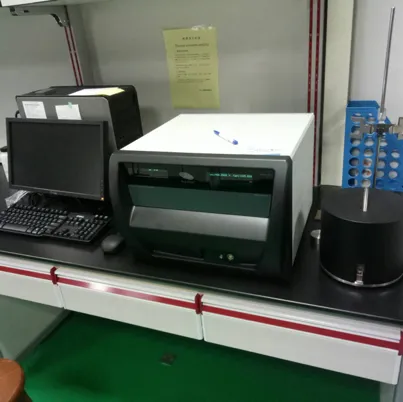 |
| 5 | Thermal Expansion Analyzer (DIL) NETZSCH DIL 402C (Made in Germany) |
Suitable for high temperature thermal expansion analysis, shrinkage analysis, glass transition temperature, glass softening point, densification or sintering condition testing, and reaction kinetics. | 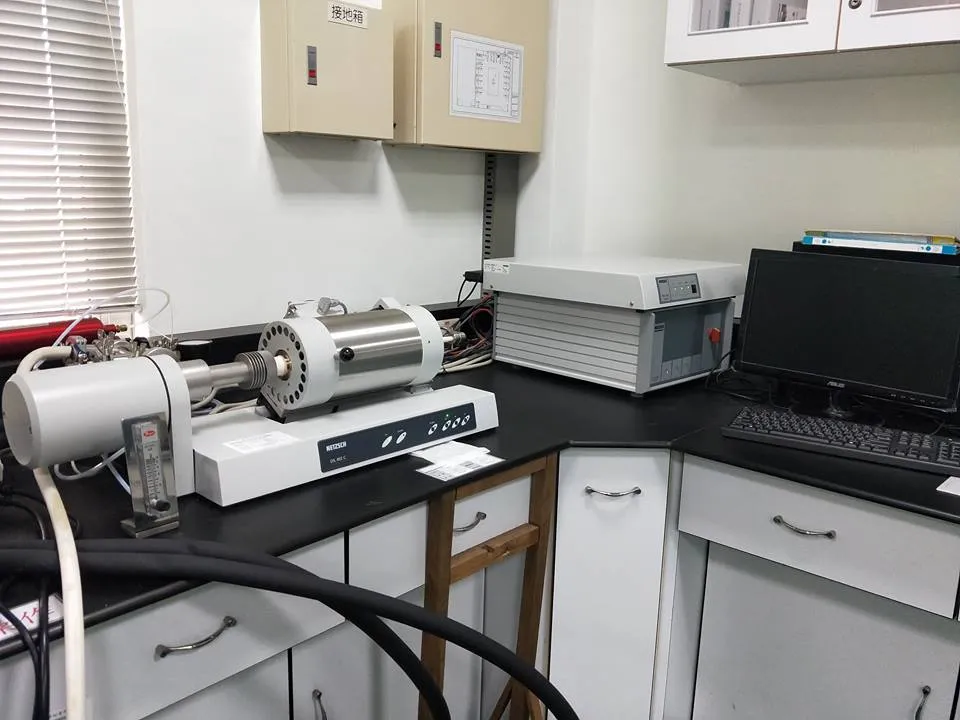 |
| 6 | Thermomechanical Analyzer (TMA) Pyris diamond thermomechanical analyzer (Made in the United States) |
Dimensional changes with time function or temperature function settings. Various sensor probes are used to measure the expansion, contraction, penetration, softening, and glass transition of the sample. | 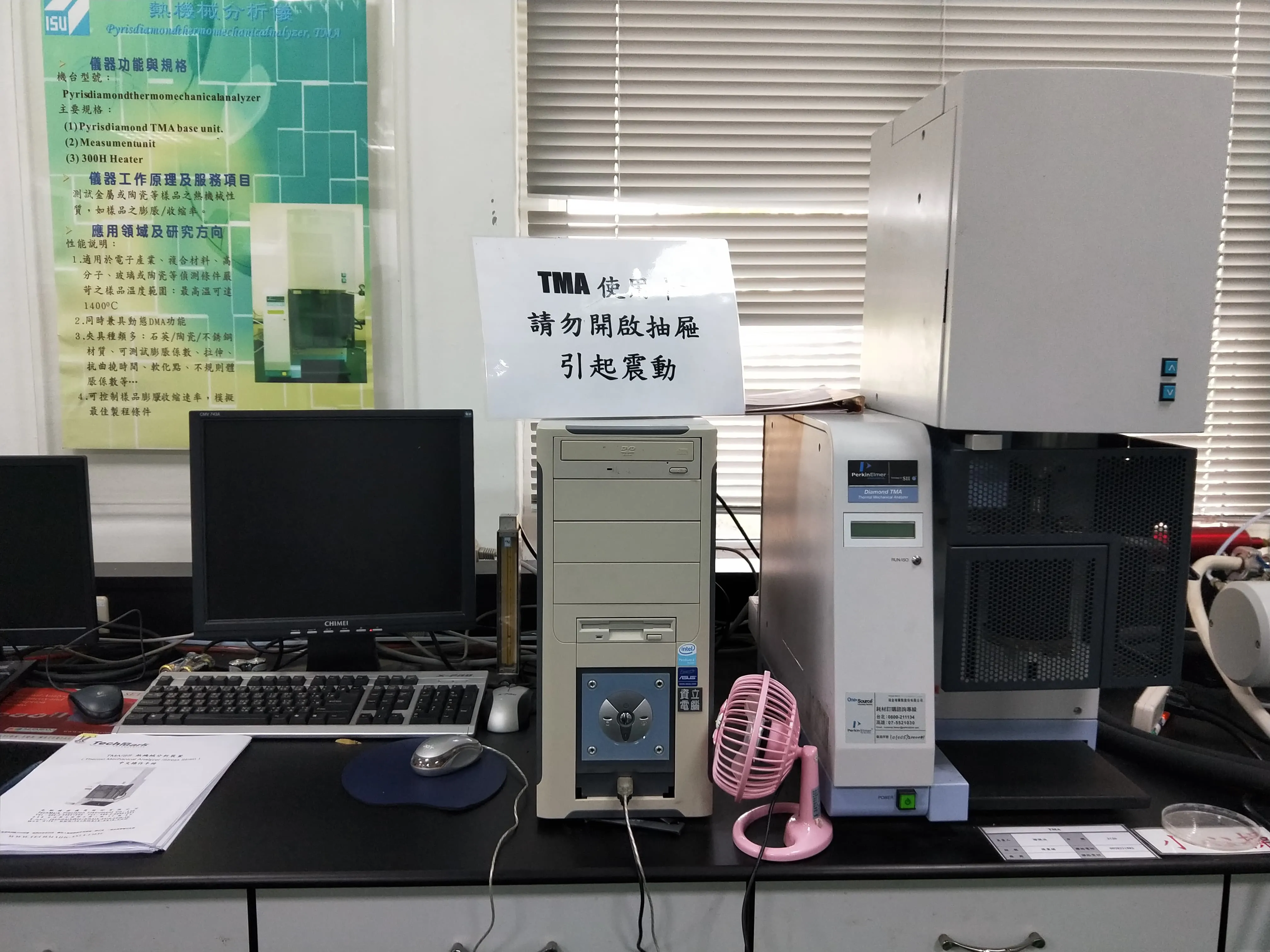 |